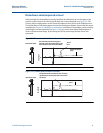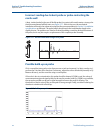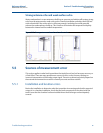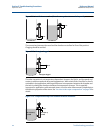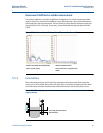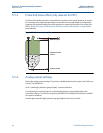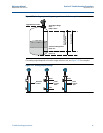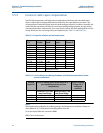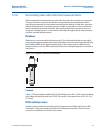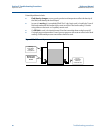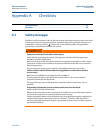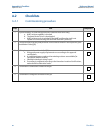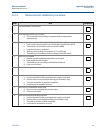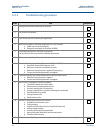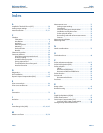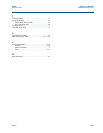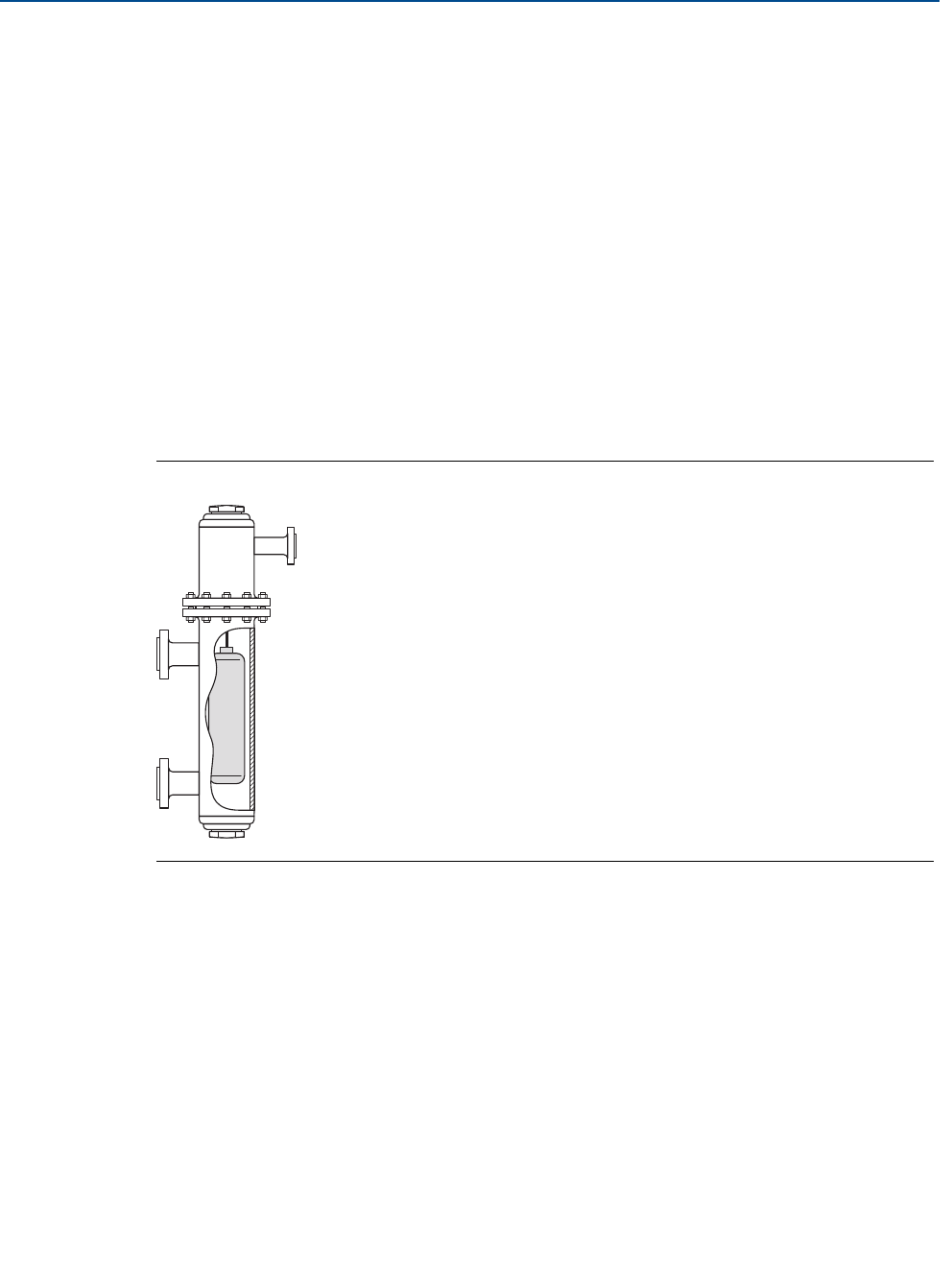
79
Reference Manual
00809-0700-4530, Rev AA
Section 5: Troubleshooting Procedures
September 2013
Troubleshooting procedures
5.5.6 Reconciling radar with other level measurements
When comparing level measurements to each other, they often do not match up as expected.
There are numerous reasons for this with the most prominent one being related to what is
actually being measured. Few instruments measure the level directly as radar does. Instead an
indirect measurement of, for example, pressure, weight, or capacitance is done, and then the
level is calculated from this measurement. Inaccuracies in the level measurement may occur
during the calculation process, or from the fact that what is thought to be the measurement is
not what is actually being measured.
Displacer
Displacers are a common method to measure level. The Archimedes principle is used, and by
measuring the apparent weight of the immersed displacer, the level can be measured indirectly.
Beside the possibility of the displacer getting stuck, it also requires precise calibration. Any
change in density, such as a different product in the tank or changed temperature, will result in
inaccuracies.
Figure 5-22. Displacer used for measurement
Example
A 50 in. (1270 mm) displacer calibrated to SG 0.9 will only show a 45 in. (1143 mm) level reading
at full range with a product that has a SG 0.8. This results in a systematic error of 45 - 40 = 5 in.
(127 mm).
Differential pressure
Another common method for measuring level is using pressure or Differential Pressure (DP)
transmitters. These are examples of indirect level measurement methods, where incorrect
conversion or installation can result in inaccuracies.



